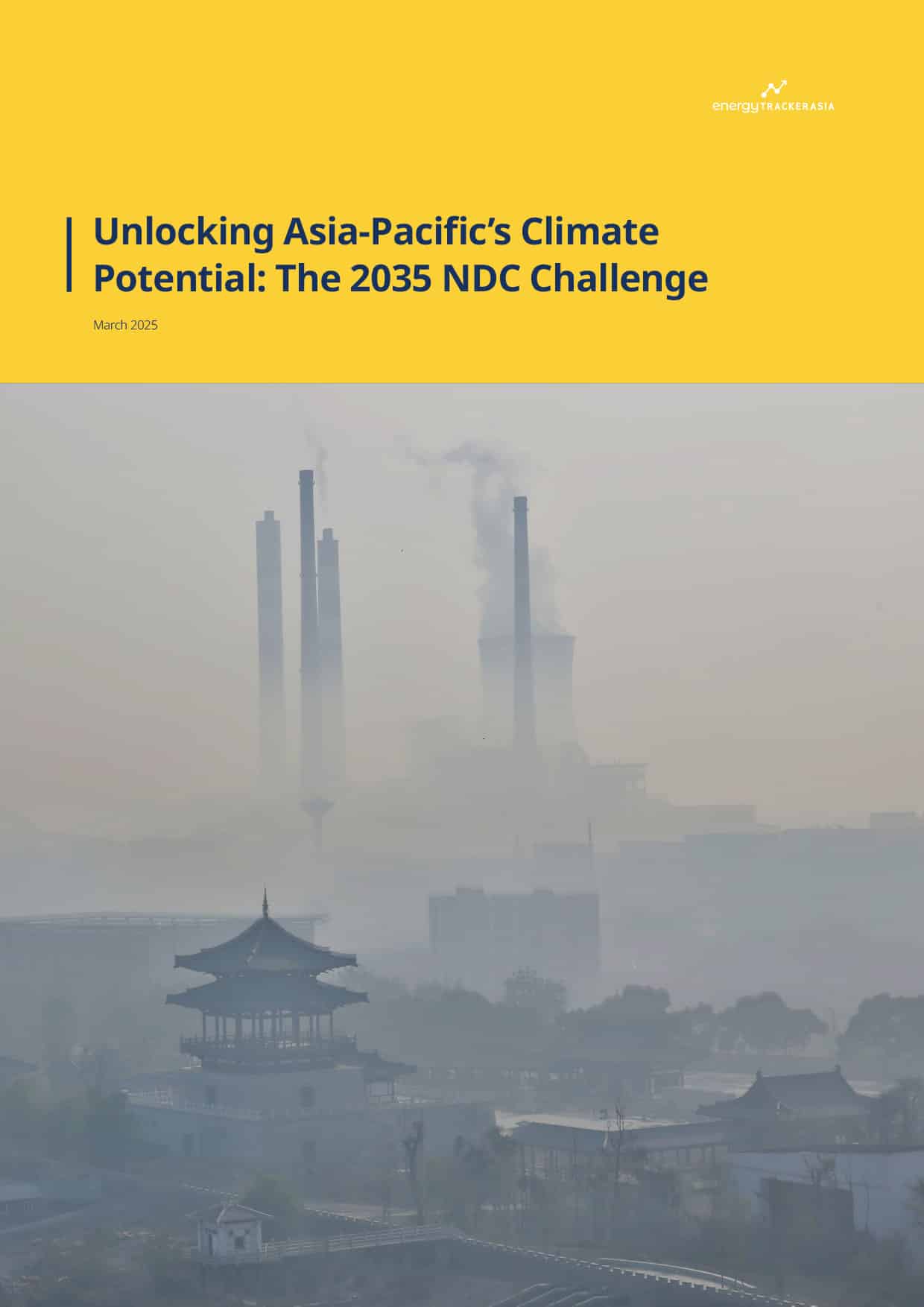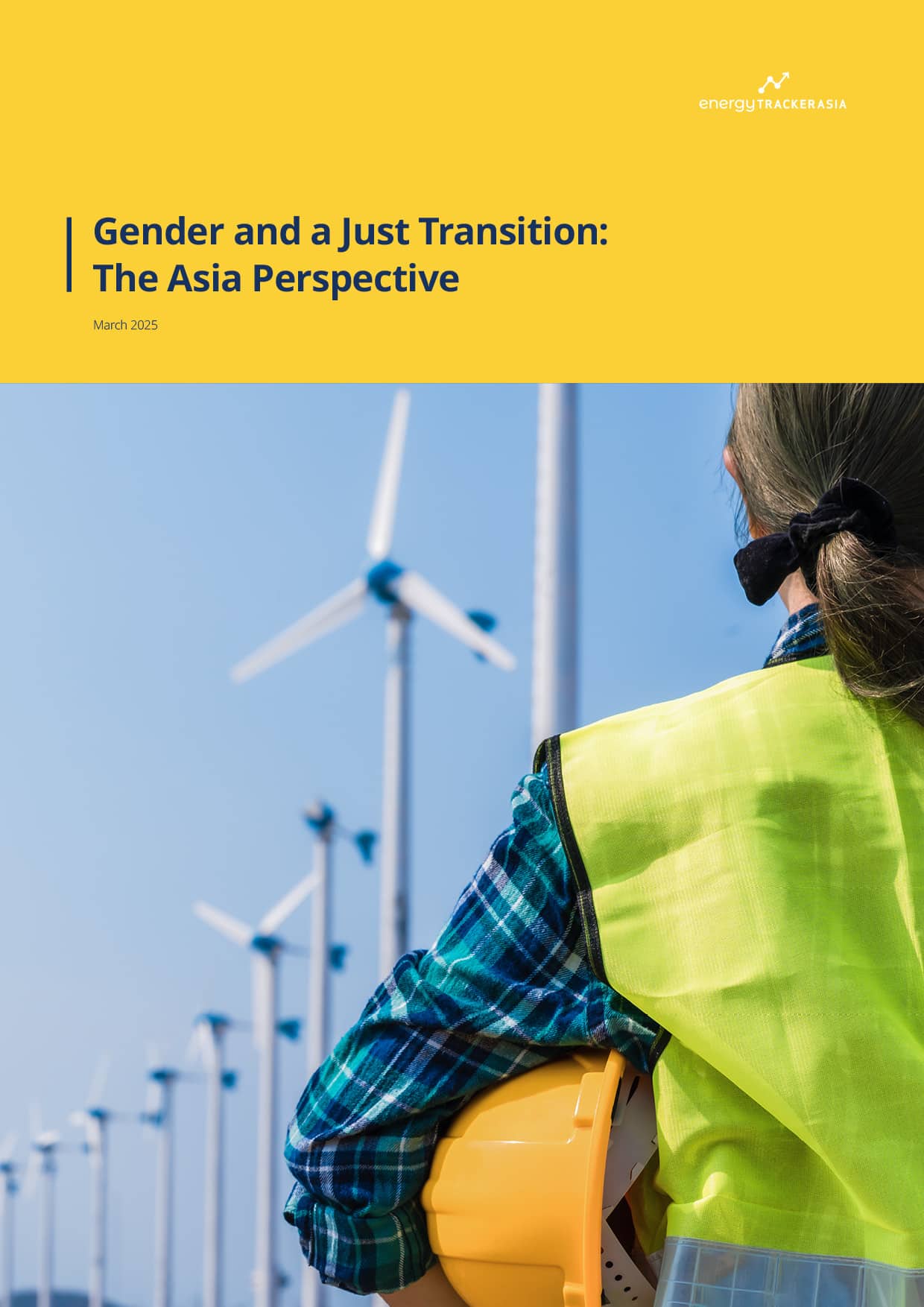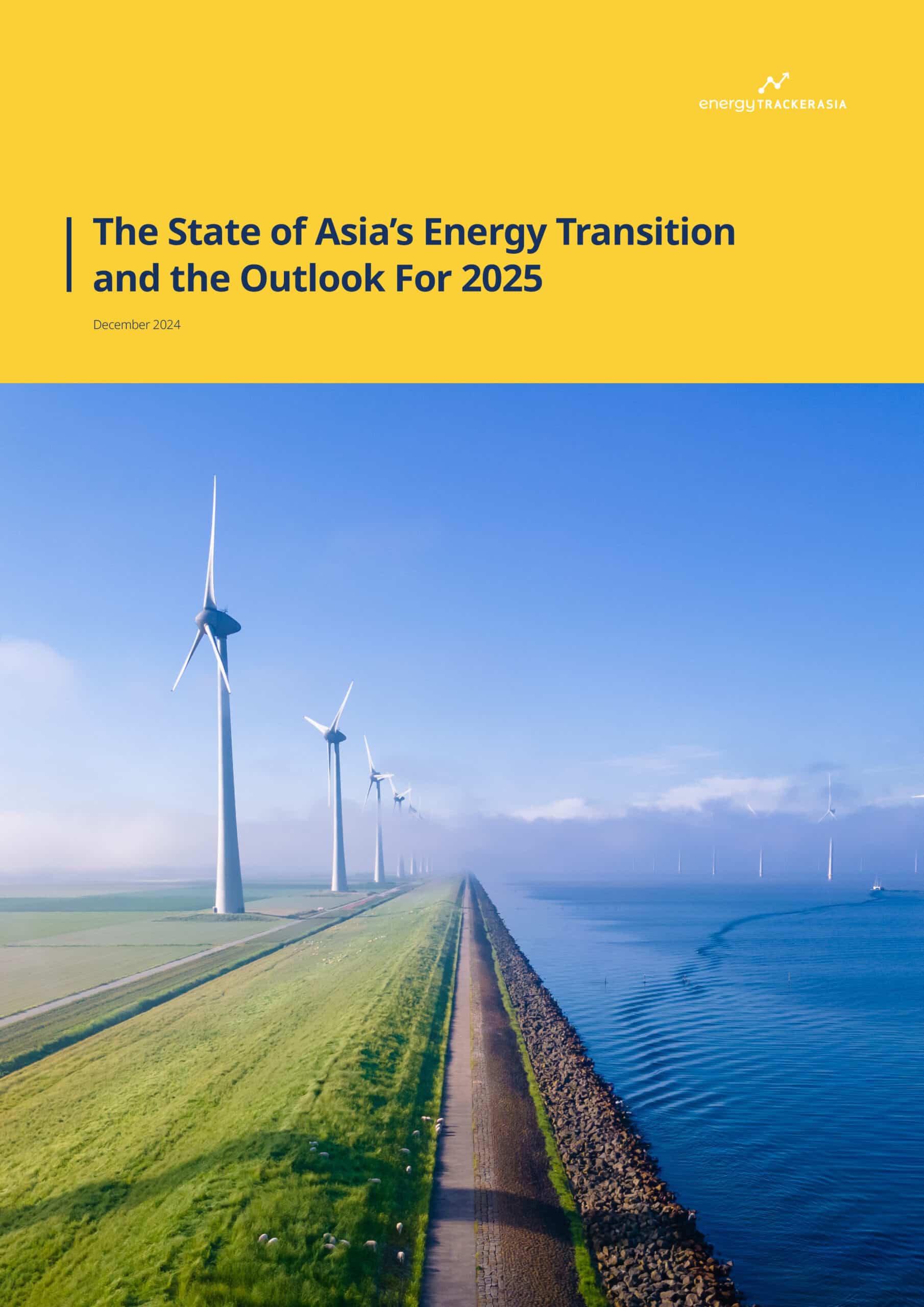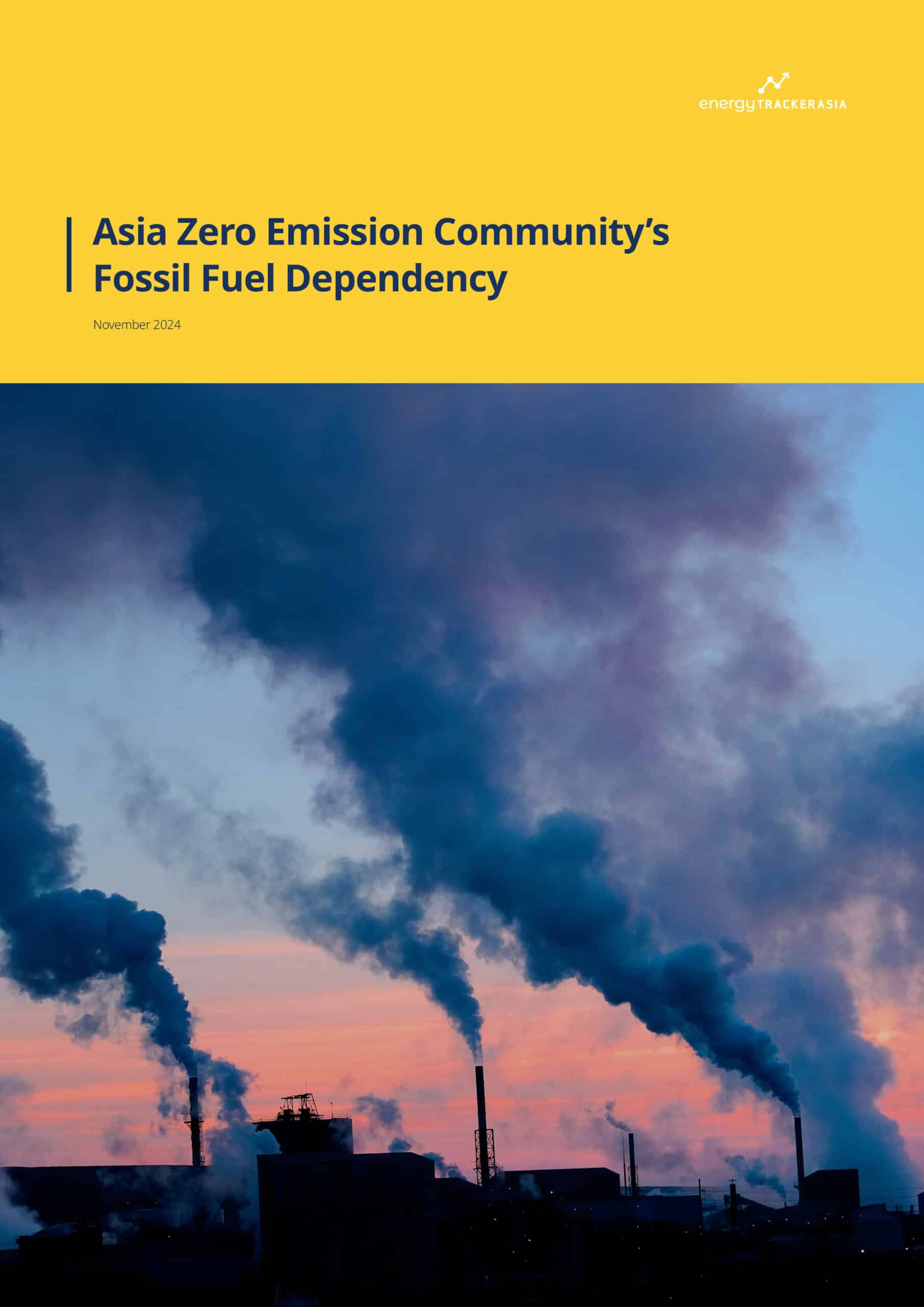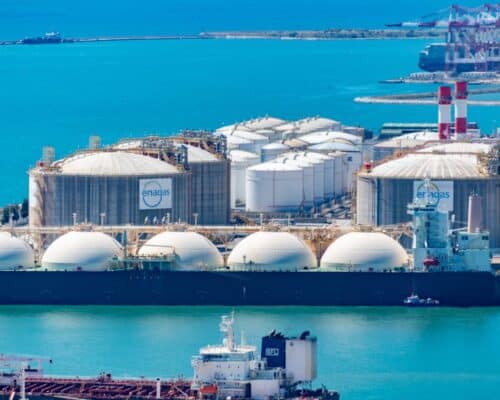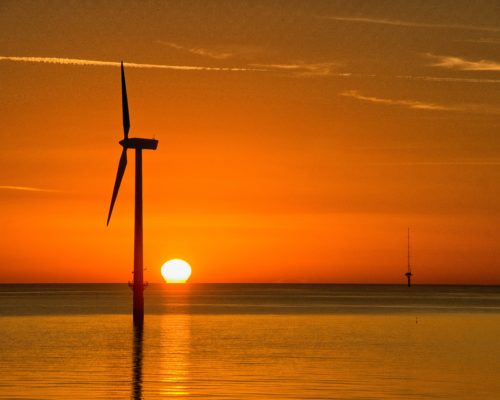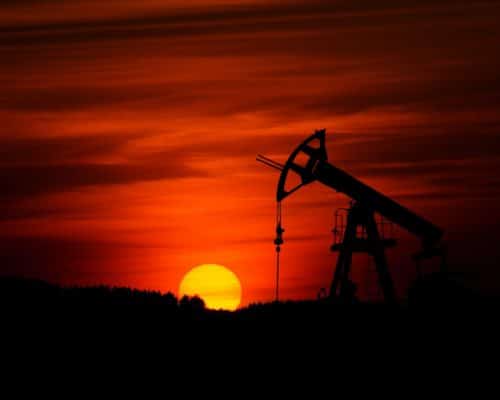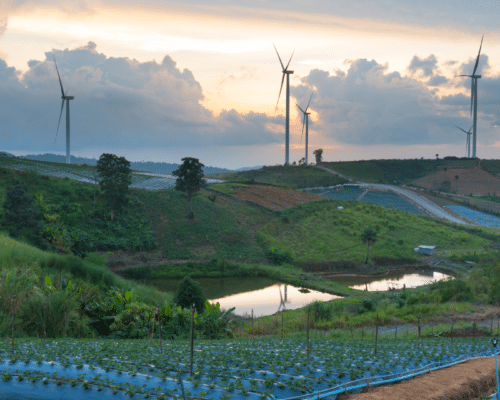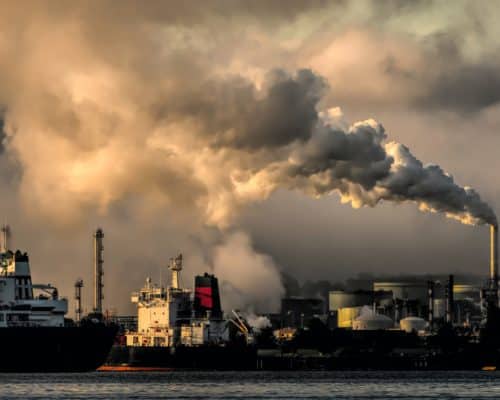IEEJ Predicts Strong Natural Gas Demand; Experts Find it Unrealistic
26 May 2025 – by Viktor Tachev
The Institute for Energy Economics Japan (IEEJ), an influential Japanese research organisation, forecasts significantly higher natural gas demand, increased reliance on carbon capture and storage (CCS) and elevated levels of CO₂ emissions than comparable scenarios of other organisations. However, an analysis by Zero Carbon Analytics that aims to assess the credibility of IEEJ’s assumptions reveals that they are unrealistic. The latter organisation claims that the IEEJ wants to strengthen the narrative of the Japanese government and industry that fossil fuel investments — both in infrastructure and imports — are more important than renewables.
IEEJ Outlook 2025 Forecasts Higher Natural Gas Demand than IEA and Fossil Fuel Giants Predict
The IEEJ has compiled two trajectories for the future of the energy system — a “Reference” scenario, which assumes that current trends in low-carbon technologies and energy efficiency continue at the same pace, and an “Advanced Technologies” (AdvTech) scenario, which assumes maximum implementation of policies for energy security and climate action and further renewable cost reductions. According to Zero Carbon Analytics, the two scenarios are broadly comparable to alternatives from the International Energy Agency (IEA), Exxon and BP.
Based on current trends (Reference scenario), the IEEJ estimates that gas demand in 2050 will be 20% higher than the comparable scenario of the IEA. The forecasts are even more optimistic than those of oil and gas majors like ExxonMobil and BP.
The IEEJ’s bullish forecasts are based on an increased use of natural gas in the power sector. Based on current trends, the institute projects demand to jump by approximately 950 billion cubic metres (bcm) annually between 2030 and 2050.
For reference, the IEA expects it to fall by 117 bcm over the same period. The IEEJ’s scenarios for 2050 see gas making up 25% (Reference) and 15% (AdvTech) of electricity generation compared to 11% and 5% in the IEA’s forecasts.
The IEEJ’s energy transition scenario forecasts 26% higher fossil fuel demand in 2050 than the comparable IEA scenario. At the same time, it envisions just 10% higher emissions due to the massive growth in the deployment of CCS, which seems unrealistic considering that scientists and analysts find that the technology is actually more likely to increase, rather than reduce, emissions. As per the IEEJ’s projections, all new thermal power plants post-2030 with options to store carbon will be equipped with CCS. As a result, it forecasts over six times higher amounts of thermal power with CCS by 2050 (1,137 GW) compared to the IEA (183 GW). However, this also seems unrealistic, considering that, according to Zero Carbon Analytics, as of 2023, only 0.11 GW of thermal power capacity with CCS was in place worldwide.
For the Southeast Asian region, the differences between the comparable IEEJ and IEA scenarios are even more dramatic. As per the Reference and AdvTech scenarios, Southeast Asia’s natural gas demand will jump 1.7 and 3.5 times higher than the IEA’s corresponding scenarios. In fact, compared to its 2024 analysis, the IEEJ increased its 2050 natural gas demand forecast for the region by close to 50%.
Furthermore, the IEEJ’s current trends scenario sees natural gas accounting for over twice the share in the electricity mix, compared to the IEA’s estimates, at the expense of renewables.
The IEEJ’s energy transition scenario predicts that gas will generate over 8 times more electricity than the comparable IEA scenario.
IEEJ Forecasts Gloomy Clean Energy Prospects and Undermines Renewables’ Competitiveness With Natural Gas
After comparing the current trends and scenarios of the IEEJ and the IEA, Zero Carbon Analytics reveals that the latter expects a 17-fold growth in solar energy between 2022 and 2050 compared to just an eightfold jump within the Japanese institute’s model. Furthermore, the IEA projects a 23-fold increase in the energy transition scenarios compared to IEEJ’s 13-fold.
For wind power, the IEEJ envisions close to two-thirds lower growth in the current trends scenarios and one-third less in the energy transition scenarios.
Both the IEEJ and IEA forecast that renewable electricity will be significantly cheaper than fossil fuels in Asia and expect solar to be the cheapest energy source. Still, the Japanese institute’s projections undermine renewables’ economic viability and competitiveness against natural gas. Zero Carbon Analytics notes that the IEEJ assumes solar and wind to be between 56% and 108% more expensive than the IEA’s estimates, which are also very similar to BloombergNEF’s conclusions.
Furthermore, the Japanese institute forecasts 15-38% higher costs for gas with carbon capture and storage (CCS) than the IEA and BNEF’s forecasts for gas without CCS, which doesn’t align with scientific research. According to one recent study, adding CCS to a gas power plant could increase generation costs substantially, in some cases by up to 70-100%.
Furthermore, while the IEA assumes grid modernisation and flexibility can enable greater renewable energy integration, displacing natural gas, the IEEJ anticipates that grid and location constraints will stall renewable uptake. The institute also advocates prioritising thermal power as a backup to renewables rather than using battery storage and managing demand response, claiming it is “desirable to not depend excessively on renewables”.
However, Zero Carbon Analytics finds that gas will remain much more expensive than solar and wind power across Southeast Asia by the 2030s and 2040s. While gas costs would remain constant until 2050, solar prices will decline gradually through 2050, with onshore wind declining and then stabilising from 2040.
Natural Gas Demand Forecast and a Future of High Emissions
The IEEJ’s two scenarios indicate devastating outcomes for the global efforts to tame the climate crisis. In the reference scenario, CO2 emissions within the energy sector would decline by just 4% by 2050, which signals a temperature increase of 2.5°C to 3°C. Zero Carbon Analytics notes that these are the worst emissions level results compared to the IEA’s Stated Policies Scenario and even the ExxonMobil Global Outlook and BP’s Current Trajectory scenarios.
The IEEJ’s AdvTech scenario suggests a 62% drop in CO2 emissions by 2050, which would translate into 2°C of warming. Even the more ambitious scenario of the Japanese institute is still incomparable to the net zero scenarios of the IEA, BP or Shell.
The IEEJ’s analysis reveals a preference for natural gas as the backbone of the energy systems across Southeast Asia instead of renewables. The research institute notes that “the appropriate share of renewables is estimated at about 60%”, beyond which it claims that uptake becomes costly. The proposed alternative is thermal power. However, according to Zero Carbon Analytics, the suggestion contradicts the findings of reputable organisations like the IEA and BloombergNEF, which consider renewables the cheaper and more suitable solution for Southeast Asia’s energy system.
Japanese Industry Behind Favourable Natural Gas Forecasts
The IEEJ provides energy sector analysis and recommendations for Japan and the Asia-Pacific region. For example, it played a leading role in designing Bangladesh’s national power development plan, which has natural gas as the biggest power source by 2050.
The institute was founded in 1966 by the Ministry of International Trade and Industry (METI) before becoming an independent organisation in 2012. However, it retains its close links with the Japanese government. The current chairman and CEO has previously served as a vice minister and director-general of METI, while some of its executive officers have also held positions there in the past.
Moreover, the IEEJ’s operations are funded by over 100 companies, indicating the institute’s strong connections with Japanese industry. However, a precise list of the companies and their role within the institute isn’t disclosed.
According to Zero Carbon Analytics, the IEEJ has a history of forecasting very high levels of natural gas demand. As the 2025 Outlook proves, its forecasts exceed even those of oil and gas industry giants.
The projections fit the long-established policies of the Japanese government and industry for disregarding renewables in favour of natural gas and fossil fuel-based solutions, evident also from the weak commitments in Japan’s updated NDC. However, experts find those technologies more expensive, polluting and threatening to energy security.
Japan Developed Liquefied Natural Gas Market Across Asia
Under the Green Transformation Strategy (GX) and the Asia Zero Emissions Community (AZEC), the Japanese government and companies have been heavily developing the LNG market across Asia, investing in import terminals, power plants and pipelines. Research by Market Forces reveals that Japanese trading houses plan to build 8.6 times more gas power than solar and wind combined in South and Southeast Asia, undermining the region’s energy transition.
Furthermore, in some countries, including Bangladesh, the Philippines, Thailand and Vietnam, the Japanese government has heavily influenced domestic energy policies to ensure gas and LNG, and not renewables, remain the priority. As previously reported, experts fear these strategies will worsen existing problems that some South and Southeast Asian nations suffer from. These include further slowing down decarbonisation, fueling the climate crisis, exacerbating poor air quality and the associated adverse health impacts and elevating energy security and economic risks.
The Japanese government recently promised US President Donald Trump that it would buy record amounts of LNG in a bid to evade tariffs. According to Hiroki Osada, a campaigner at Friends of the Earth Japan, although the government claims LNG will strengthen energy security, in reality, it is exporting it to other countries. “The volume of reselling is actually more than the biggest LNG exporter, Australia,” the expert notes. The main target markets are Southeast Asian nations, where renewables are already the cheapest source of new power.
According to InfluenceMap, the Japanese Business Federation has a history of lobbying “negatively on many strands of climate change regulation in Japan.” The experts note that it still remains “oppositional towards regulated carbon taxes and the phaseout of thermal power” and actively advocates investing in LNG and fossil fuel-based technologies like hydrogen and ammonia co-firing. Furthermore, the CEO of JERA has previously described supporting the region’s economic growth with intermittent renewable sources as “hard” and urged the need to use gas as a transitional fuel. The CEO of Mitsubishi Heavy Industries branded a renewables-led transition in Asia as “unrealistic”.
The Bottom Line
The Japanese government’s climate inertia, combined with the corporate sector’s enduring preference for fossil fuel technologies, raises questions about the credibility of the IEEJ’s natural gas forecasts, especially considering they contradict the findings of the IEA, BloombergNEF and even oil and gas majors.
It remains unclear whether the IEEJ’s projections were intended to provide an objective market outlook based on expertise or convince prospective target markets for Japanese LNG exports of the viability of natural gas and the lack of economic reasoning behind investing in renewables. However, there is sufficient evidence for everyone to draw their own conclusions.
by Viktor Tachev
Viktor has years of experience in financial markets and energy finance, working as a marketing consultant and content creator for leading institutions, NGOs, and tech startups. He is a regular contributor to knowledge hubs and magazines, tackling the latest trends in sustainability and green energy.
Read more